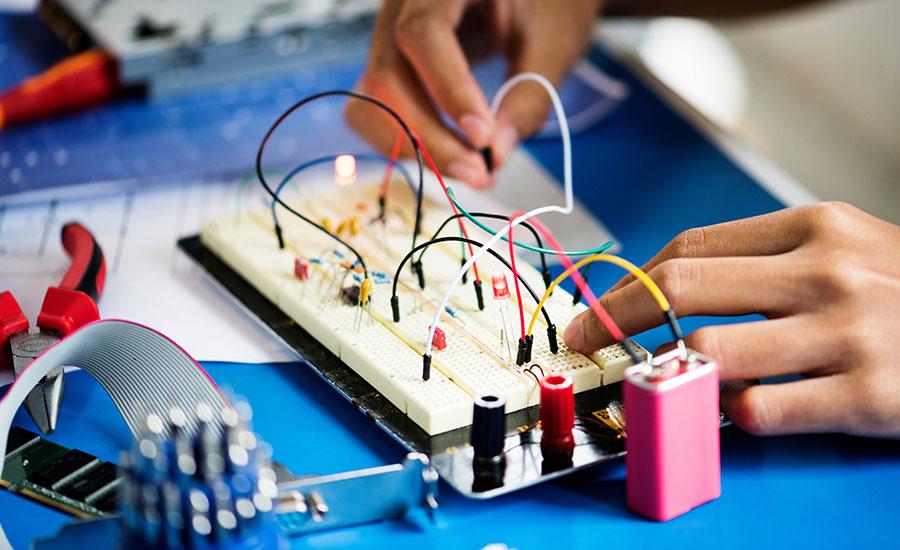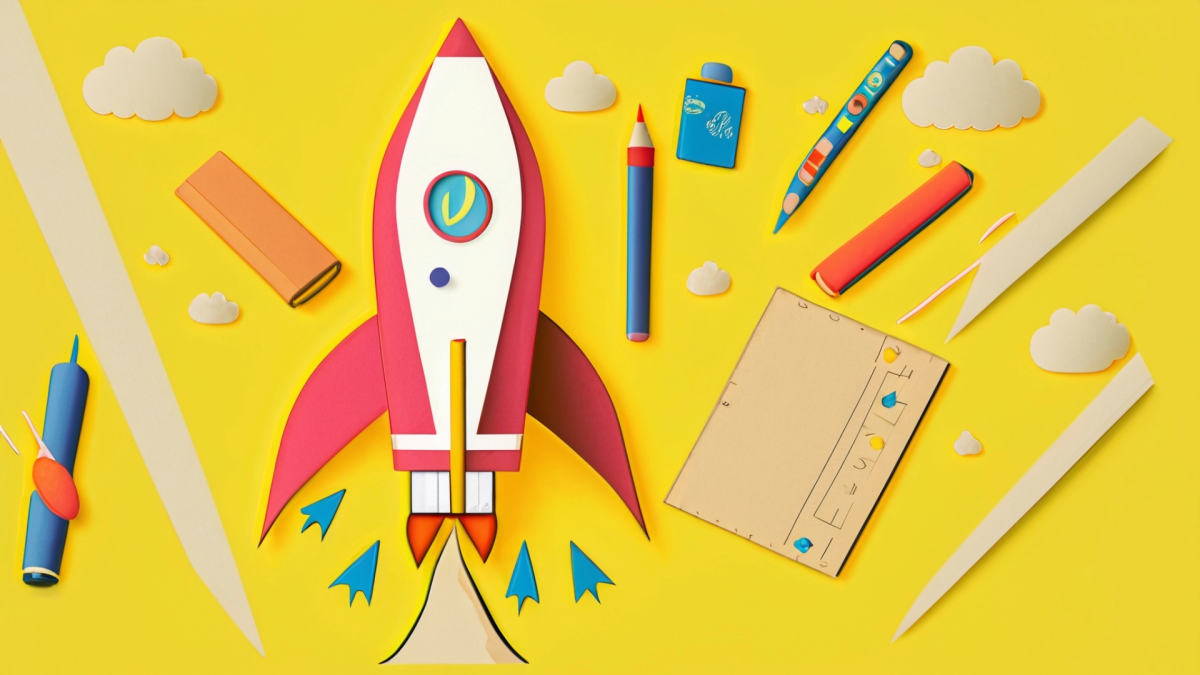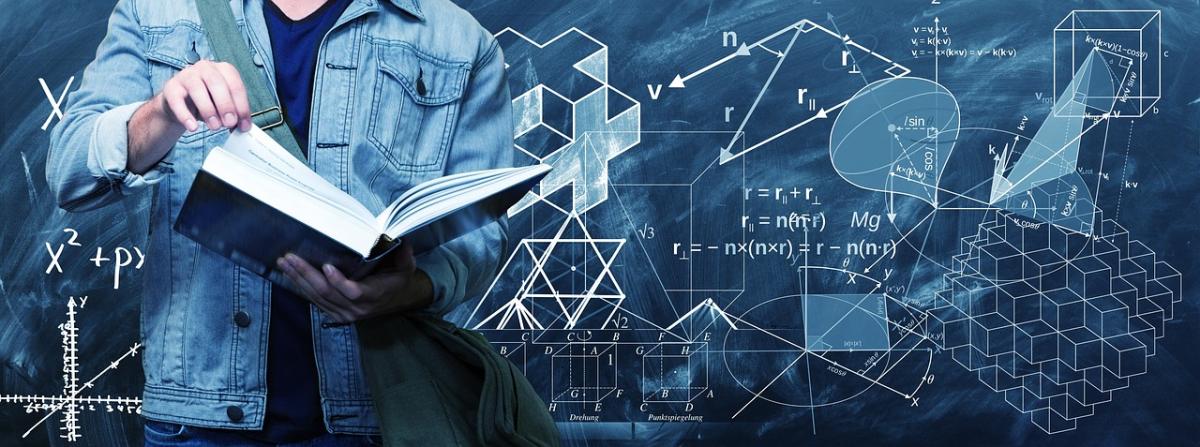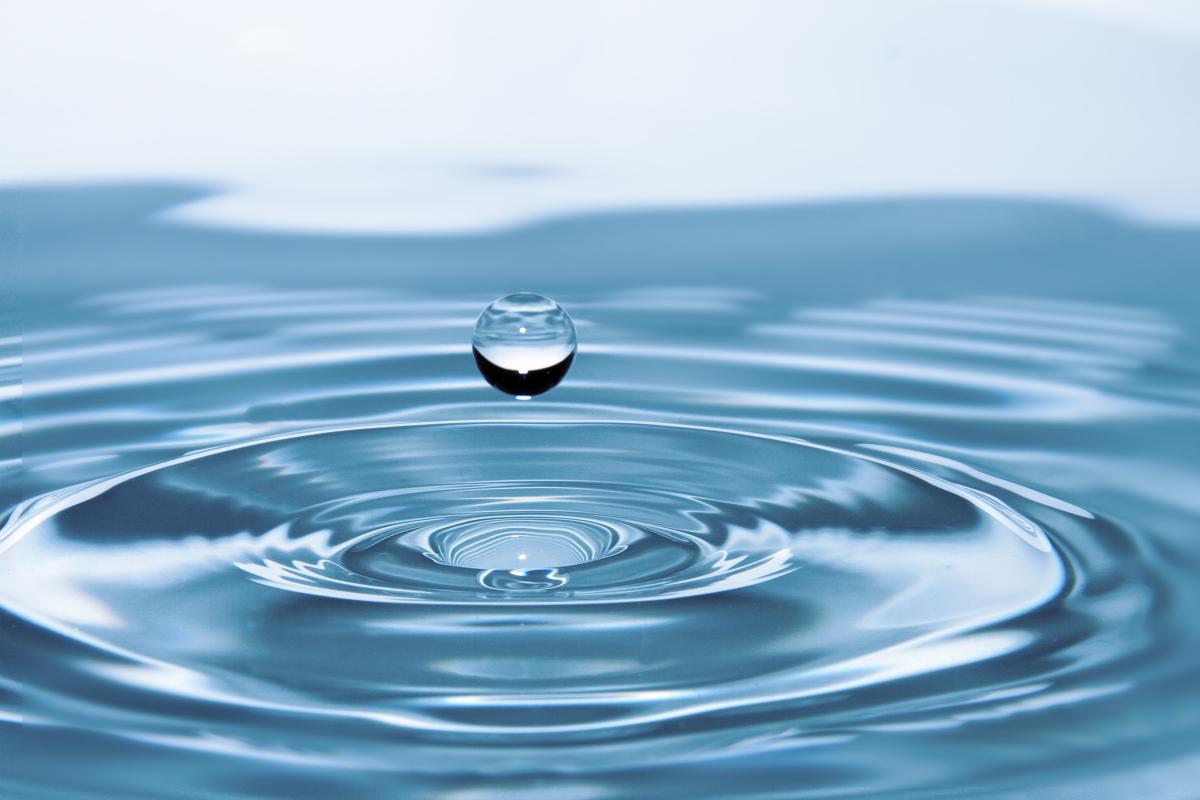
This lesson uses a PhET Simulation to allow students to collect data on the orbits of planets around our Sun, then summarize and share their results. It is designed for students in Grades 9-12.

Students will explore how gravity plays a role in orbits and the attraction between objects in space, using online simulations. In addition to the online simulations this lesson contains ideas for

In this lesson plan, students will be able to build a simple electric motor and study how simple changes affect the motor's rotation. They will learn how energy comes in many forms, and how electric

In this lesson plan, students will be able to investigate battery cells as they construct their own simple batteries: They will know that batteries are a common store of energy for many devices that

By the end of this lesson, students will understand the unique adaptations of desert tortoises and the importance of conserving their habitat. Students also engineer a habitat for the desert tortoise.

Students will use science skills to engineer habitats for polar regions as they learn about the polar regions through hands on experiences.

In this lesson plan, students will make use of their knowledge about gravitational force and factors affecting it to design a stuffed mini parachute that will land the slowest from a given height

This lesson plan is part 1 of 4. This lesson focuses on how Newton's Laws apply to rocket launches as well as what forces are present at three different stages of launch. Additional lessons will be

This lesson includes having students design and build a wing to put onto a pre-built RC plane and fly it in circles (tethered). Requires previous RC knowledge.

The Wikiup-Lighthouse Project will teach students the concept of Electricity, Series and Parallel Connections, creating Circuit diagram, as well as the cultural relevance of Wikiup to the Nnee (Apache

The Wikiup-Lighthouse Project will teach 11th grade students the concept of circuit diagrams, the two (2) types of circuits, as well as the cultural relevance of Wikiup in the Apache people.

Students will use engineering, art, science, and 21st century skills to create a support system to keep Santa safe on Christmas while delivering gifts down the chimney!

This lesson, is one to make your students taste buds jump for joy as they get to create their very own edible eyeball cookie. This is a great STEM lesson to use when learning about the parts and

This unit will pair the popular game of Minecraft with the United Nations Sustainable Development Goals to develop a safe community for refugees and countries in crisis. Throughout the unit, you will

In the Kindergarten aerodynamics lesson, young learners embark on an imaginative journey into the world of flight. Through a captivating exploration of flying objects like kites, birds, and paper

In the 5th-grade Paper Plane Aerodynamics lesson, students embark on an exciting journey into the world of flight. Through hands-on activities, they explore the fundamental principles of aerodynamics

Students will listen to Iggy Peck Architect by Andrea Beaty and describe what an architect does, engineering and the design process. Students will be able to design and engineer a strong bridge. They

This lesson is an activity to see what an angle is and how is can be used to approximate the time of day or even navigating vessels by measuring other celestial bodies. Students will use sextants to

Students will be able to obtain, evaluate, and communicate evidence about how natural and human-caused changes to habitats or climate can impact populations. Additionally, they will be able to

This lesson plan has three main objectives. The first is that students will be able to recreate a map of the canal with 3D structures along the way. The largest structure being Casa Grande, or the

Investigative Phenomenon: When subjected to identical forces, a golf ball and a table tennis ball exhibit distinct movement. In this lesson, students discover: 1. Equivalent force may result in varied

This lesson takes a student's understanding of both light and sound to the next level. In this lesson, students will use their understanding of both art, science and technology to create a visual and

In this hands-on lesson, students will attempt two builds. Students will identify weaknesses and strengths in both of their structures. They will then evaluate the effectiveness of their builds.

Students are tasked with using the Engineering Design Process to create a system of harvesting rainwater to meet the needs of residents in communities that have a scarce water supply (shortage of


